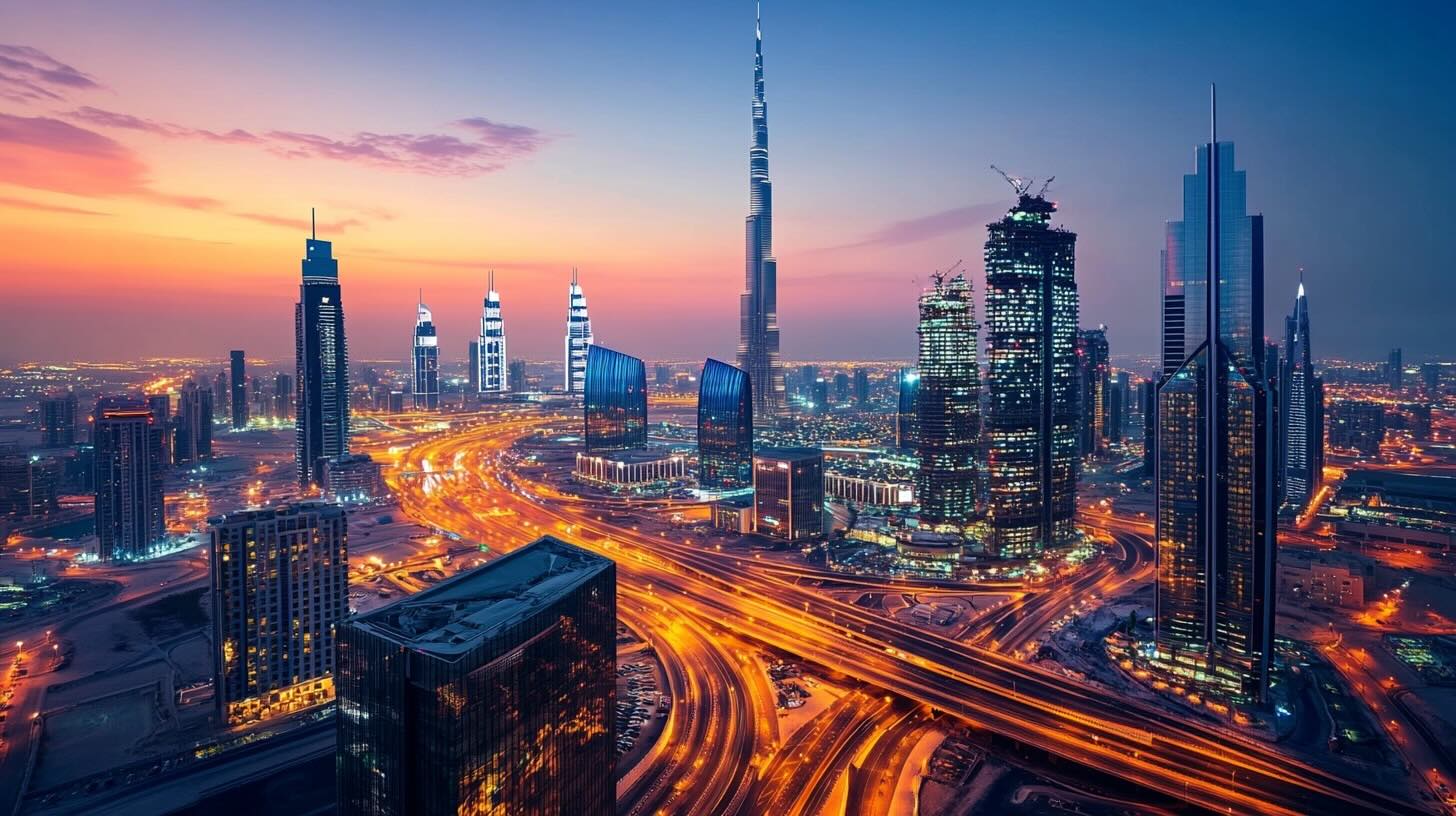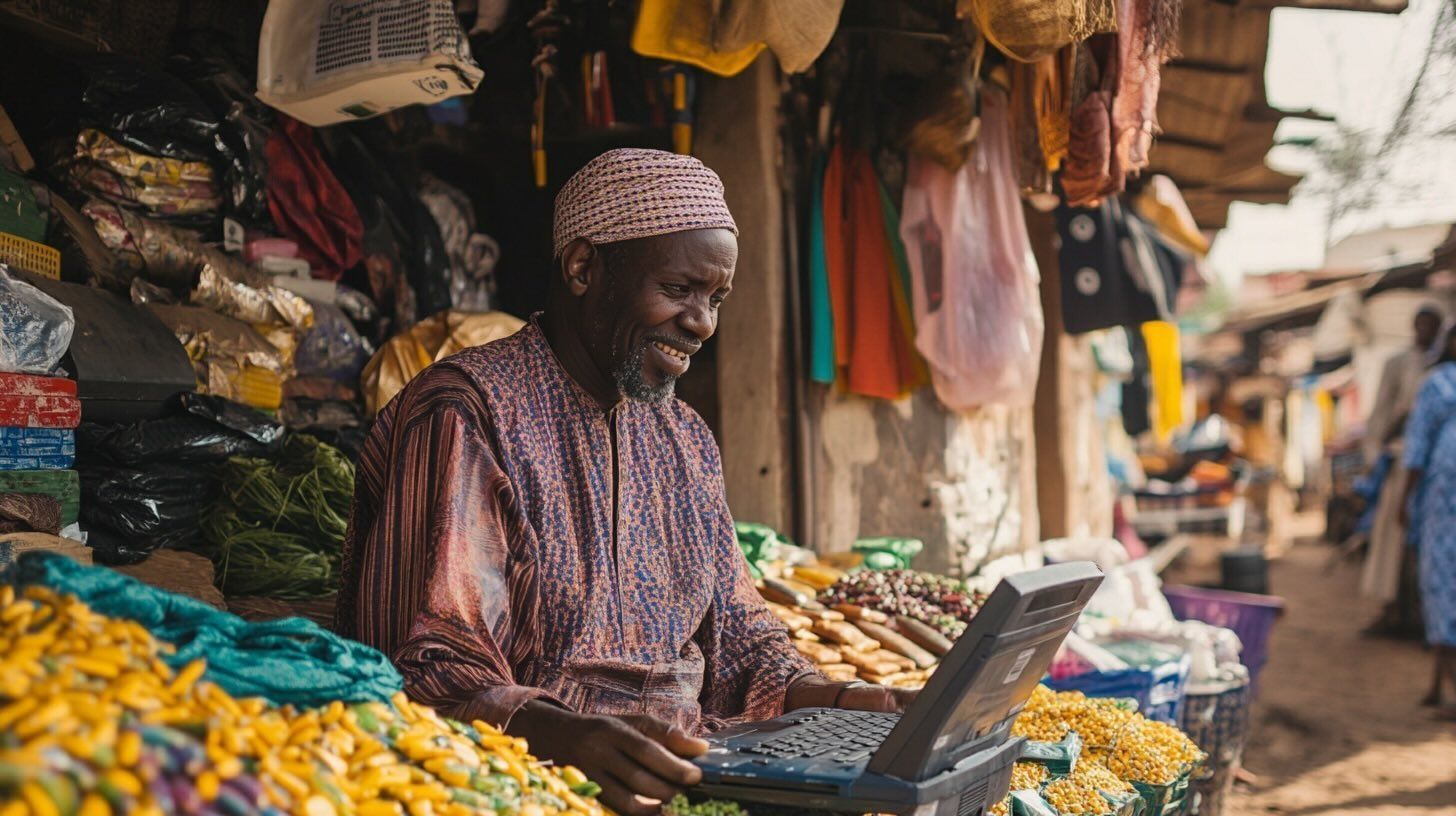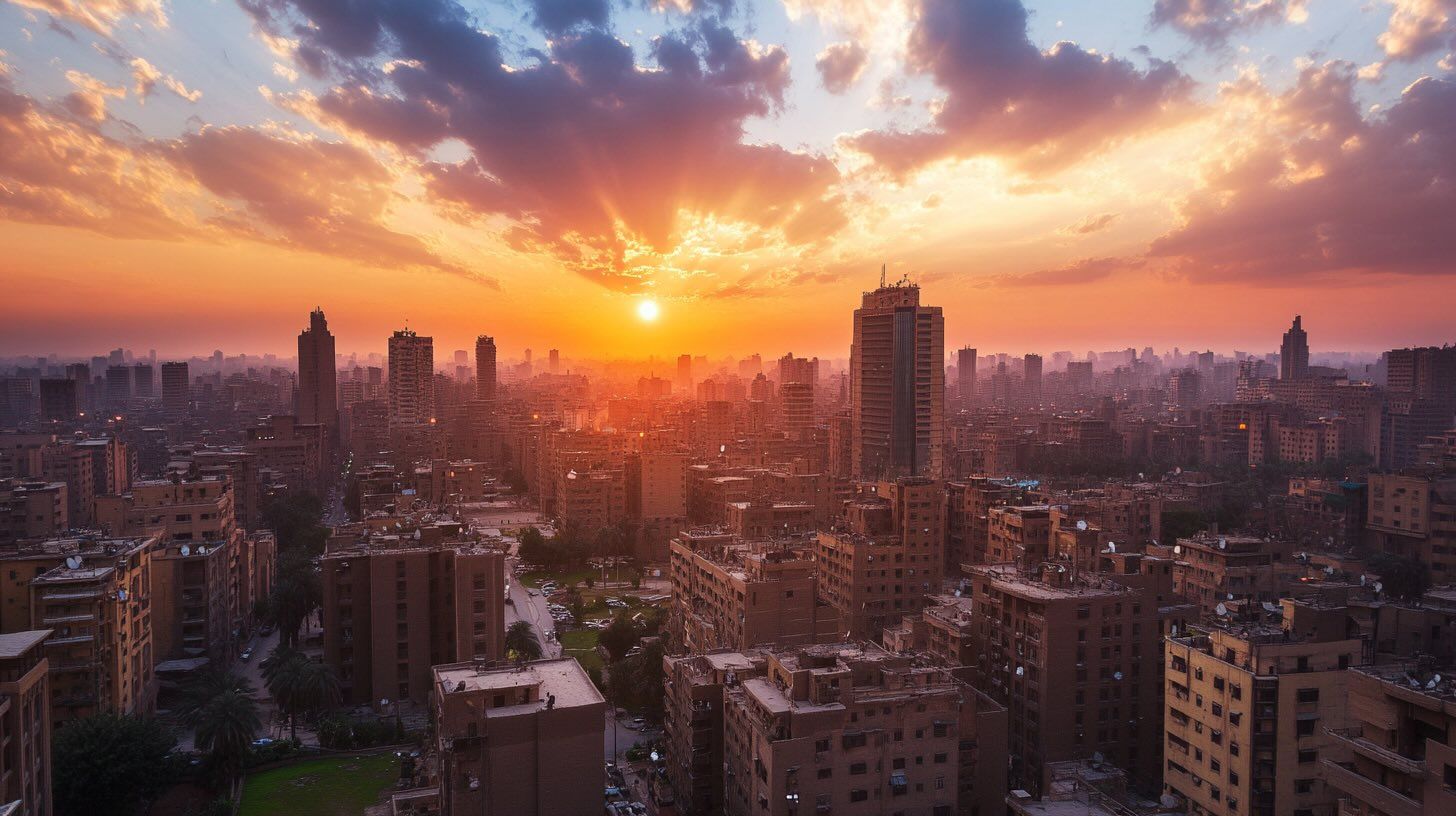
انقلاب اینترنت امارات متحده عربی: سرعتهای خیرهکننده، تسلط فیبر و مسابقه برای اتصال ماهوارهای
مرور کلی امارات متحده عربی (UAE) به یکی از متصلترین کشورهای جهان تبدیل شده است، با حدود 99 درصد از جمعیت آنلاین که از اینترنت استفاده میکنند. u.ae. سرمایهگذاریهای گسترده در زیرساختهای






